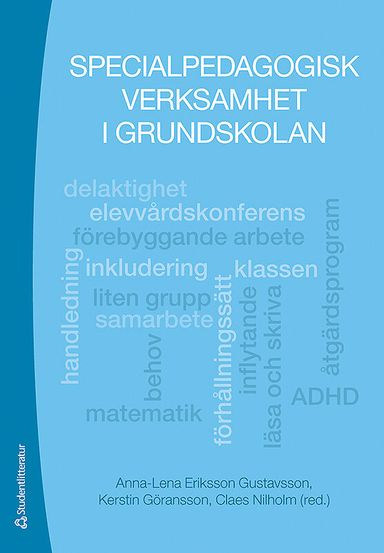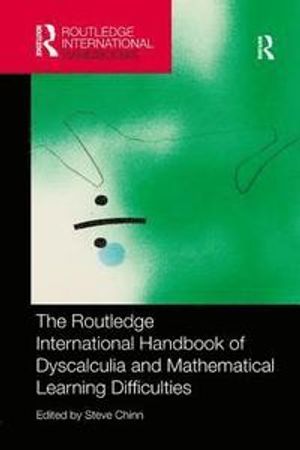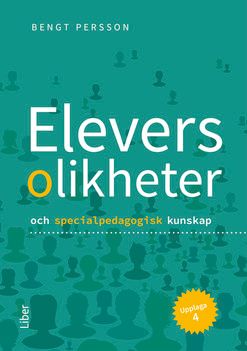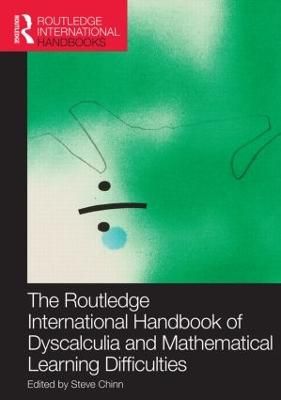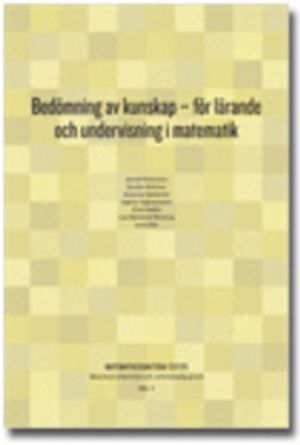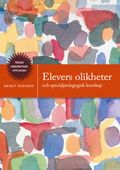

Designing and Implementing Mathematics Instruction for Students with Diverse Learning Needs Upplaga 1
- Upplaga: 1a upplagan
- Utgiven: 2006
- ISBN: 9780205442065
- Sidor: 608 st
- Förlag: Pearson
- Format: Häftad
- Språk: Engelska
Om boken
This exciting new book integrates the explicit teaching practices that have proven effective for students with disabilities with the NCTM math standards that dominant current mathematics practices in the United States .
In Part 1 of the book, teachers learn the fundamentals of mathematics assessment and instructional design for conceptual, declarative knowledge, procedural, and problem-solving lessons. In Part 2, the detailed scope and sequence charts, along with instructional guidelines keyed to the objectives, provide teachers with specific guidelines for assessment and design.
The curriculum-based assessment chapter (Ch. 2) helps teachers group students for instruction, place in curriculum, monitor performance, and make data based decisions. Content coverage of all five NCTM content standards provides teachers the support needed to access the general education curriculum and help their students meet annual yearly progress expectations (Chapters 7 — 15). Detailed scope and sequence charts provide a valuable resource for assessing, planning,and designing instruction (Chapters 7-15). Instructional design discussion includes four domains: concepts, declarative knowledge, problem solving, and procedural knowledge. When teachers understand the function of the instruction, their effectiveness and efficiency are enhanced (Chapters 3-15). Integration of explicit teaching practices with NCTM approach helps teachers maintain practices that work for students with diverse needs while integrating reformed-based mathematics practices (in Chapters 1, 7-15). Detailed guidelines, including scripted lessons, on HOW to design and deliver effective instruction. These sample lessons illustrate how to apply the explicit teaching sequence to various content areas and provide examples for preservice and inservice teachers to use when developing their own lessons.
Åtkomstkoder och digitalt tilläggsmaterial garanteras inte med begagnade böcker
Mer om Designing and Implementing Mathematics Instruction for Students with Diverse Learning Needs (2006)
I januari 2006 släpptes boken Designing and Implementing Mathematics Instruction for Students with Diverse Learning Needs skriven av Pamela P Hudson. Det är den 1a upplagan av kursboken. Den är skriven på engelska och består av 608 sidor. Förlaget bakom boken är Pearson som har sitt säte i London.
Köp boken Designing and Implementing Mathematics Instruction for Students with Diverse Learning Needs på Studentapan och spara pengar.
Referera till Designing and Implementing Mathematics Instruction for Students with Diverse Learning Needs (Upplaga 1)
Harvard
Hudson, P. P. (2006). Designing and Implementing Mathematics Instruction for Students with Diverse Learning Needs. 1:a uppl. Pearson.
Oxford
Hudson, Pamela P, Designing and Implementing Mathematics Instruction for Students with Diverse Learning Needs, 1 uppl. (Pearson, 2006).
APA
Hudson, P. P. (2006). Designing and Implementing Mathematics Instruction for Students with Diverse Learning Needs (1:a uppl.). Pearson.
Vancouver
Hudson PP. Designing and Implementing Mathematics Instruction for Students with Diverse Learning Needs. 1:a uppl. Pearson; 2006.

